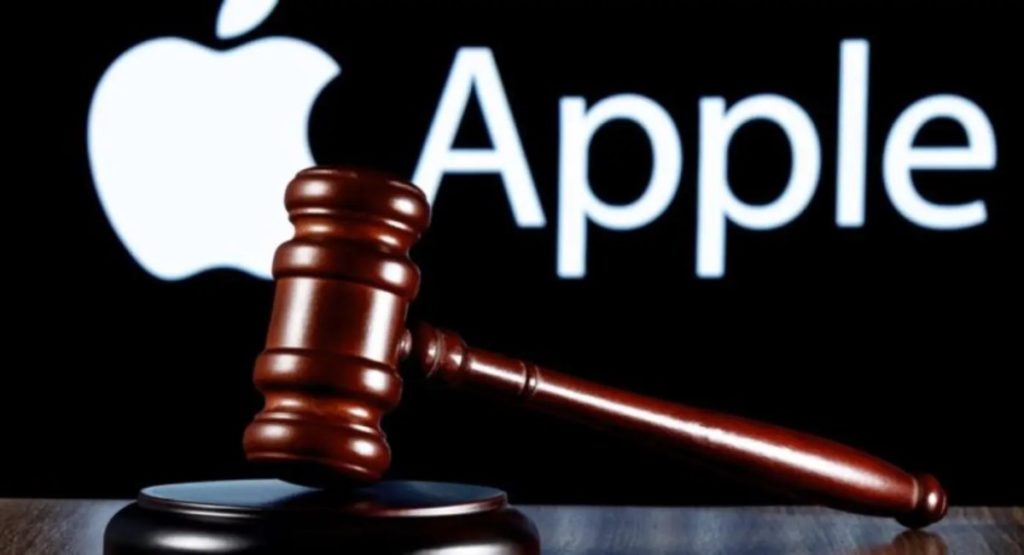After four years of court hearings, Apple and cyber startup Corellium are settling a copyright lawsuit, though the terms haven’t been disclosed, reports Forbes.
The article says that, on Thursday, a settlement had been reached. “The parties reached a full and complete settlement of all remaining causes of action and issues in this case,” a note on the court docket read. “The court congratulates the parties and their counsel on reaching an amicable settlement in this case.”
In August 2019, Apple sued Corellium, a virtualization software company, with a copyright infringement suit ripping into the developer’s “illegal replication” of “everything” that makes up Apple’s copyrighted operating system and applications.
In the Apple lawsuit, the tech giant said Corellium’s business is based entirely on commercializing the illegal replication of the copyrighted operating system and applications. Apple said the product Corellium offers is a “virtual” version of Apple mobile hardware products that’s accessible to anyone with a web browser.
Specifically, the tech giant said Corellium “serves up what it touts as a perfect digital facsimile of a broad range of Apple’s market-leading devices—recreating with fastidious attention to detail not just the way the operating system and applications appear visually to bona fide purchasers, but also the underlying computer code.” What’s more, the tech giant alleged that it does so without Apple’s permission.
Apple lost the lawsuit in 2020. A federal judge in Florida tossed the company’s claims that Corellium had violated copyright law with its software, which helps security researchers find bugs and security holes on Apple’s products. The software gives its customers the ability to run “virtual” iPhones on desktop computers.
Naturally, Apple appealed the loss. However, in May a U.S. court ruled that Corellium is not infringing any copyrights with its products in its ongoing legal battle with Apple.
Article provided with permission from AppleWorld.Today

